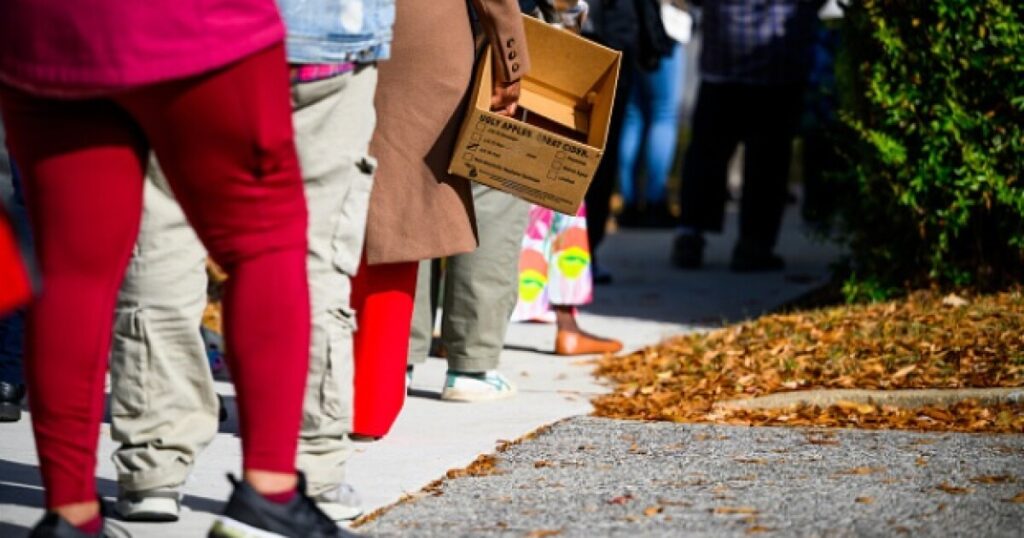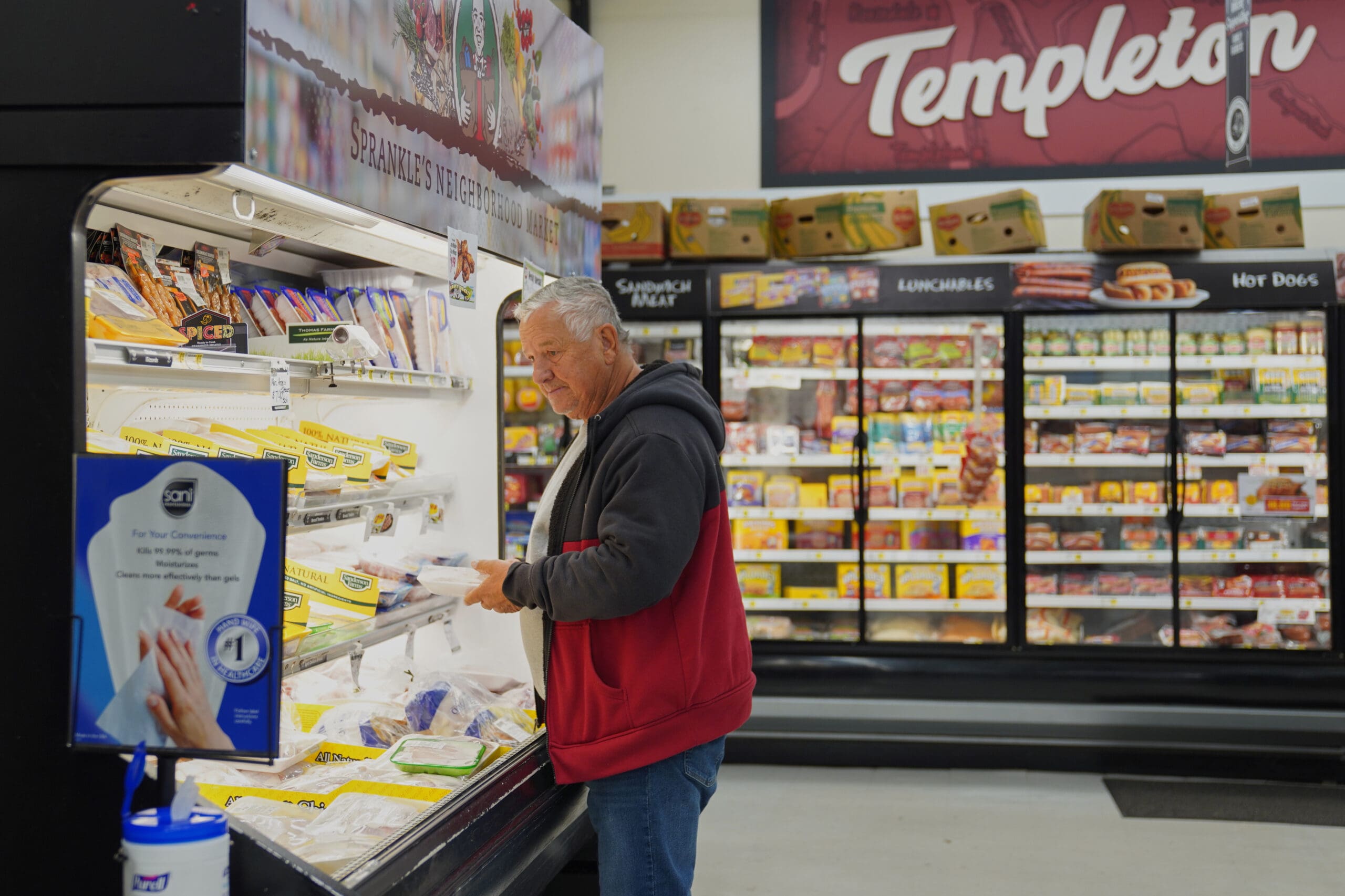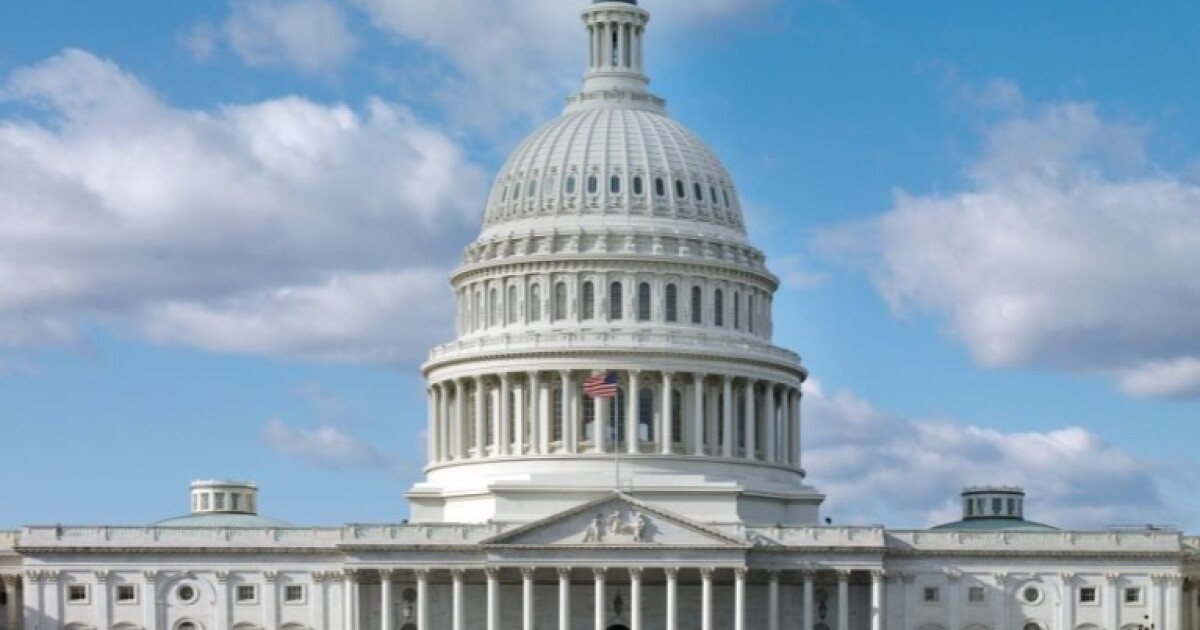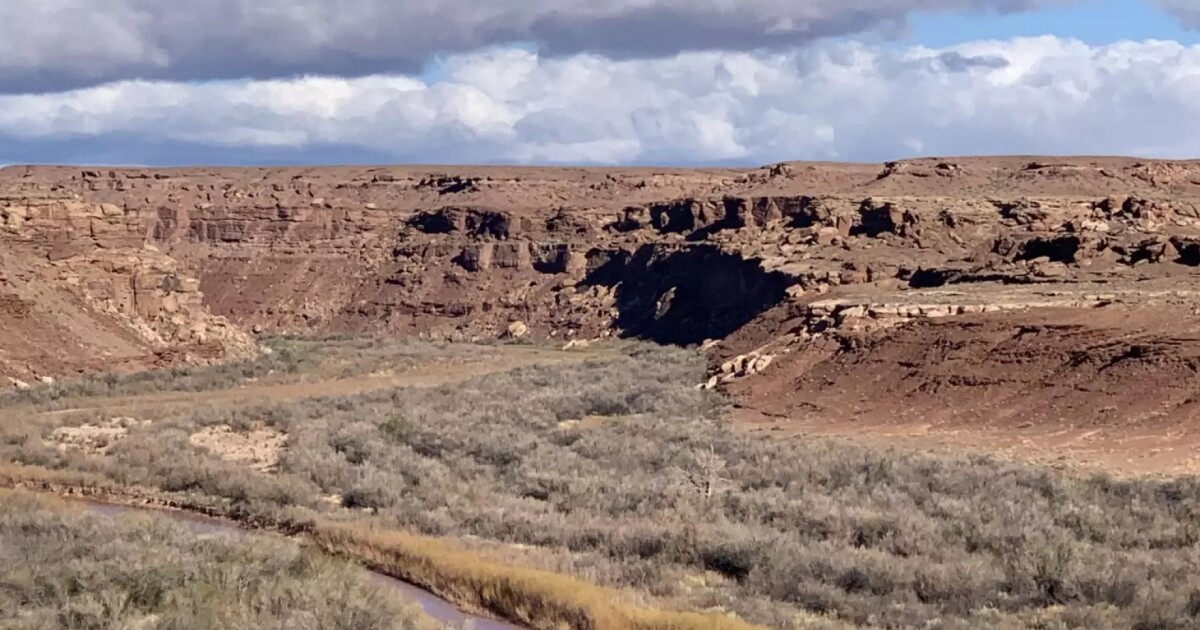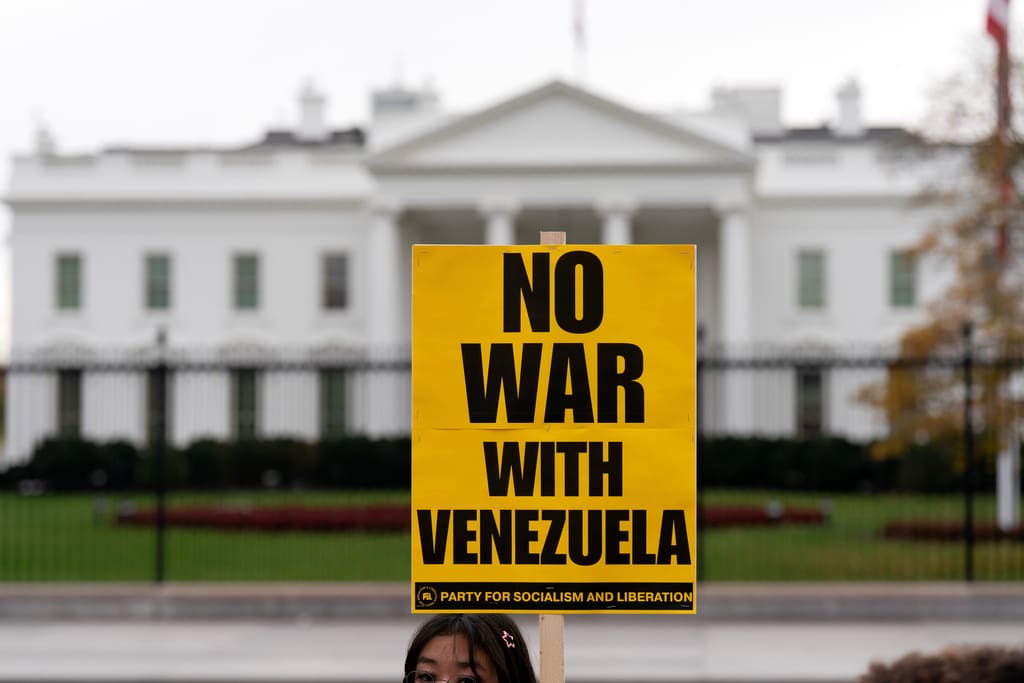Updated November 6, 2025, at 12:32 PM EST
WASHINGTON — In a recent announcement, the Trump administration has slightly adjusted its plans concerning the November allocation of SNAP food benefits. According to the U.S. Department of Agriculture (USDA), the maximum allotments will now see a 35% reduction, rather than the initially proposed 50%.
While the adjustment offers some relief, the revised payment formula remains complex, resulting in significant reductions for many beneficiaries of the nation’s primary anti-hunger initiative. Recipients who receive the maximum level of benefits are expected to see only 65% of their usual support this month. However, those with additional income, such as social security or employment, will likely experience more substantial cuts.
This change follows an analysis from the Center on Budget and Policy Priorities, which identified an oversight in the initial formula. According to the analysis, the original plan would not have utilized the available contingency funds entirely, leaving nearly 5 million people without any payment for the month. The USDA did not comment on this analysis or the subsequent changes, but the Justice Department acknowledged in a court filing that the agency “realized this error and worked to issue new guidance and tables as soon as it was discovered.”
Mario Tama/Getty Images /
A federal judge in Rhode Island recently mandated that the administration resume the SNAP program after its funding expired during the ongoing government shutdown. Despite the suggestion from judges in Rhode Island and Boston to tap into a larger funding reserve, the USDA opted to utilize a smaller contingency fund, covering only approximately half of SNAP’s monthly expenses.
This decision imposes considerable procedural challenges for states administering the program to over 42 million Americans. The USDA has warned that the complexities could delay benefits for weeks or even months. “It requires a complete recalculation and a complete recoding of our system,” said Tikki Brown, head of Minnesota’s Department of Children, Youth and Families, noting that there is no established timeline for payments in Minnesota.
Danny Mintz from Code for America highlighted the difficulties states face with outdated systems, suggesting that “the quickest way for states to get benefits into people’s hands is for USDA to fund the full amount of SNAP benefits.” Some states have already alerted their residents that payments could be delayed by weeks.
Pennsylvania has requested permission to use a simpler method, similar to pandemic-related aid, to expedite the process. In a letter to the USDA, seen by NPR member station WESA, Secretary Val Arkoosh criticized the federal approach as overly complex and time-consuming.
Concerns over delays have prompted a coalition of cities and nonprofits to return to federal court in Rhode Island, aiming to compel the administration to restore SNAP aid swiftly, as ordered. For further details, visit Democracy Forward.
Copyright 2025 NPR
—
Read More Michigan News

